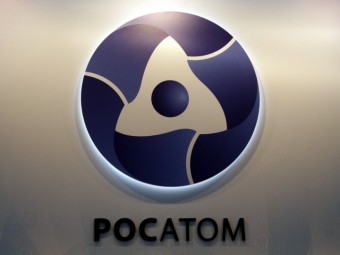 The nickel-63 isotope’s properties make it a very convenient basic element for tiny, safe and low-power batteries, also known as beta-voltaic cells, with a long service life of over 50 years. They can be used in pacemakers and also as self-contained power supply sources of space satellites. As nickel-63 does not exist in nature, it is obtained by irradiating nickel-62 isotopes with neutrons inside nuclear reactors. The resulting substance is later subjected to radio-chemical processing and is divided using gas centrifuges. A group of MISiS scientists headed by Professor Yury Parkhomenko, head of its faculty of semiconductor and dielectric materials studies, have developed a technology for making systems that convert the nickel-63 isotope’s beta-radiation energy into electric power on the basis of piezoelectric mono-crystals for use by self-contained AC beta-voltaic cells.
The nickel-63 isotope’s properties make it a very convenient basic element for tiny, safe and low-power batteries, also known as beta-voltaic cells, with a long service life of over 50 years. They can be used in pacemakers and also as self-contained power supply sources of space satellites. As nickel-63 does not exist in nature, it is obtained by irradiating nickel-62 isotopes with neutrons inside nuclear reactors. The resulting substance is later subjected to radio-chemical processing and is divided using gas centrifuges. A group of MISiS scientists headed by Professor Yury Parkhomenko, head of its faculty of semiconductor and dielectric materials studies, have developed a technology for making systems that convert the nickel-63 isotope’s beta-radiation energy into electric power on the basis of piezoelectric mono-crystals for use by self-contained AC beta-voltaic cells.
Russia is already implementing a project to develop nickel-63 power sources. The project involves several companies under the supervision of the Zheleznogorsk Mining and Chemical Integrated Works which is affiliated with the Rosatom State Atomic Energy Corporation in Russia’s Krasnoyarsk Territory. Earlier, it was reported that there are plans to obtain nickel-63 isotopes for this project inside an IRT-T research reactor at the Tomsk Polytechnic University. The Zheleznogorsk Electro-Chemical Plant in the Krasnoyarsk Territory, which is also affiliated with Rosatom, is to manufacture industrial nickel-enrichment equipment. There are plans to assemble the first prototype “nuclear battery” under this project in 2017.
V.V.
http://sputniknews.com

